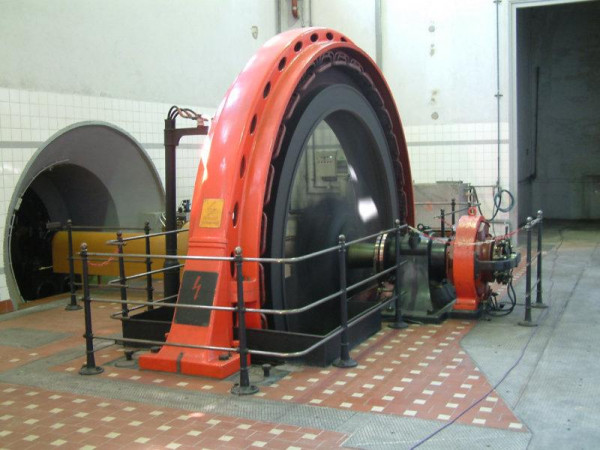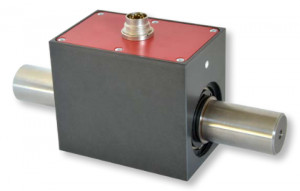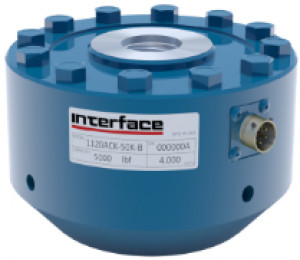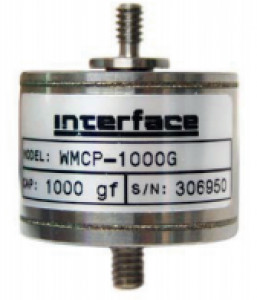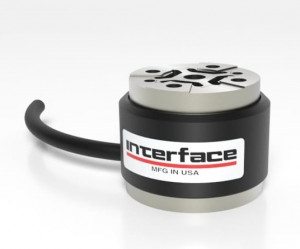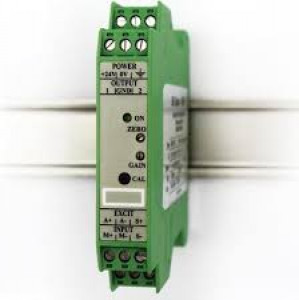Torque measurement: Overview
Torque measurement is done with a torque transducer. Torque sensors can be static, rotating or multi-component. For static measurements, the part to be measured does not rotate. This part is forced to rotate without any displacement, only the deflection of the torque transducer generates the measurement signal. This deflection is measured by strain gauges.
In the case of rotary torque measurements, the workpiece, which is the subject of the torque measurement, rotates with the axis of the torque sensor. The elements (strain gauges) are glued to the rotating shaft. The transmission of the measurement signal is contactless. The speed of rotation can be very high for very low torques. The 6-component force transducers integrate static torque components, usually on 3 axes according to Mx, My and My. Depending on the configuration and test requirements, 6-component sensors are a good choice for complementary force measurements along the alignment axes.
- Static torque transducers are generally flange transducers See examples
- Rotary torque transducers are assembled with a coupling. See examples
Equipping a test bench with a torque transducer
Example of the realisation of a torque bench with the couplings.
 Example of assembly of a torque transducer and couplings on a test bench!
Example of assembly of a torque transducer and couplings on a test bench!


Couplings are used to eliminate misalignment forces during coupling assembly. They are selected according to the measuring range of the torque meter and the diameter of the connecting shaft. It is important to select a coupling with the best performance for an optimum measurement and not disturbed by parasitic forces.
Industrial torque measurement: our torque products
Rotary or dynamic torque sensors
6-component force transducers including 3 torque measurements
The force measurement chain
The torque sensors are powered between 10 and 24 Vdc. A complete and configured measurement chain can be obtained by adding a display, conditioner or acquisition module. See our selection:
- Displays](/conditioners-displays-of-measurement-signals?F88=0) : allows to display the measurement directly in units, to manage thresholds, max-min values and an amplified output.
- Conditioners](https://www.pm-instrumentation.com/conditionnement-et-acquisition-du-signal?F86=0&F88=1): Amplifies the measurement signal and delivers a voltage or a current (±5, ±10 Vdc, 0-10 Vdc or 4-20 mA).
- Acquisition systems](https://www.pm-instrumentation.com/systemes-acquisition-can-usb-rs-485-ethernet-sans-fil?): Transmission of measurement signals to a PC, PLC, recorder or SCADA-type supervision application. Post-processing of measurement data via Excel or Matlab.
Some force measurement applications
| Applications : | ||
|---|---|---|
| Robotic | Fatigue bench | Load measurement |
| Wheel torque | Friction measurementt | Engine torque control |

